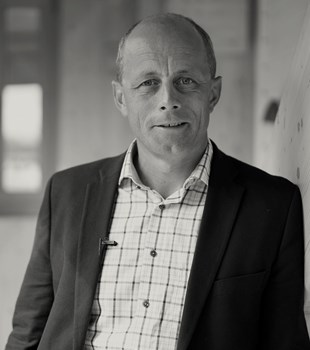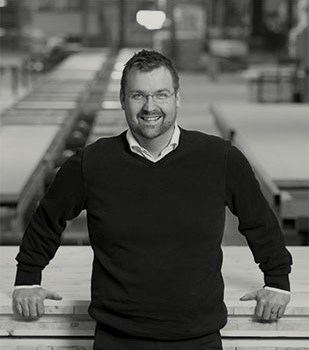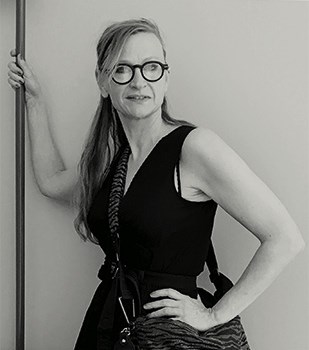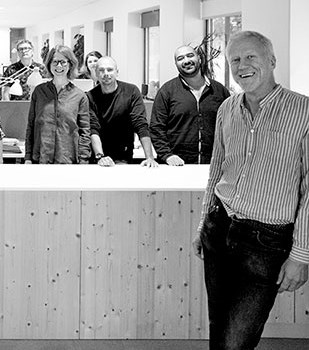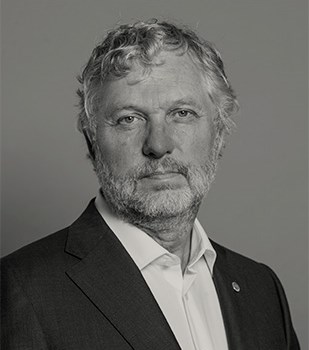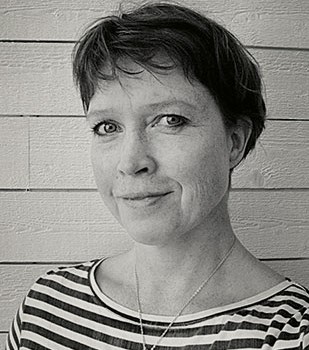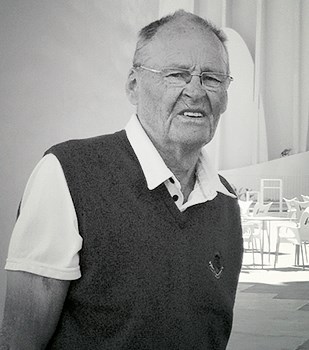UMEÅ, SWEDEN According to the European statistics agency Eurostat, Sweden is seeing the fastest urbanisation in the EU. And the Swedish National Board of Housing, Building and Planning’s “Vision for Sweden 2025” suggests this trend is set to continue. By 2025, Sweden will have a population of over 10 million, and most of those people will live in our three metropolitan regions.
So what effects will this population movement over the next ten years have on the construction of housing? And can we influence the population trend in different parts of our country by developing housing production?
To accommodate estimated annual growth of around 30,000 people in the Stockholm region, the pace of housing construction needs to be doubled here. In southern Sweden, Skåne needs to increase its housing production from 3,500 to 7,000 apartments per year. And if our smaller municipalities are to compete with the bigger urban areas, these also have to increase their building – of apartments both for young adults and for older houseowners who want to downsize to more convenient housing. The latter shift will then free up attractive houses for young families in well-established residential areas. This will require new apartments with reasonable production and ownership costs.
But surely that’s impossible? Not at all! The key to higher production at a lower cost is industrial construction. Rational and cost-effective production of apartment blocks in factories creates the conditions for a substantial increase in construction in urban areas. These buildings are assembled quickly and efficiently on site from prefabricated box units or surface units, which also means they can easily be disassembled and relocated. This also opens the way for increased construction of housing in places that are currently unable to grow and develop due to a lack of attractive apartments for young adults and older people downsizing. I would like to congratulate property company Rikshem and housing prefabricator Lindbäcks, who recently signed a contract to deliver 2,000 apartments – industrially produced and also climate smart, with wood as the structural material.
When it comes to industrial construction, where the majority of the production takes place in efficient factories, wood has proven by far the most suitable material. The fact that wood is also renewable, with considerable positive environmental effects, is the icing on the cake.






